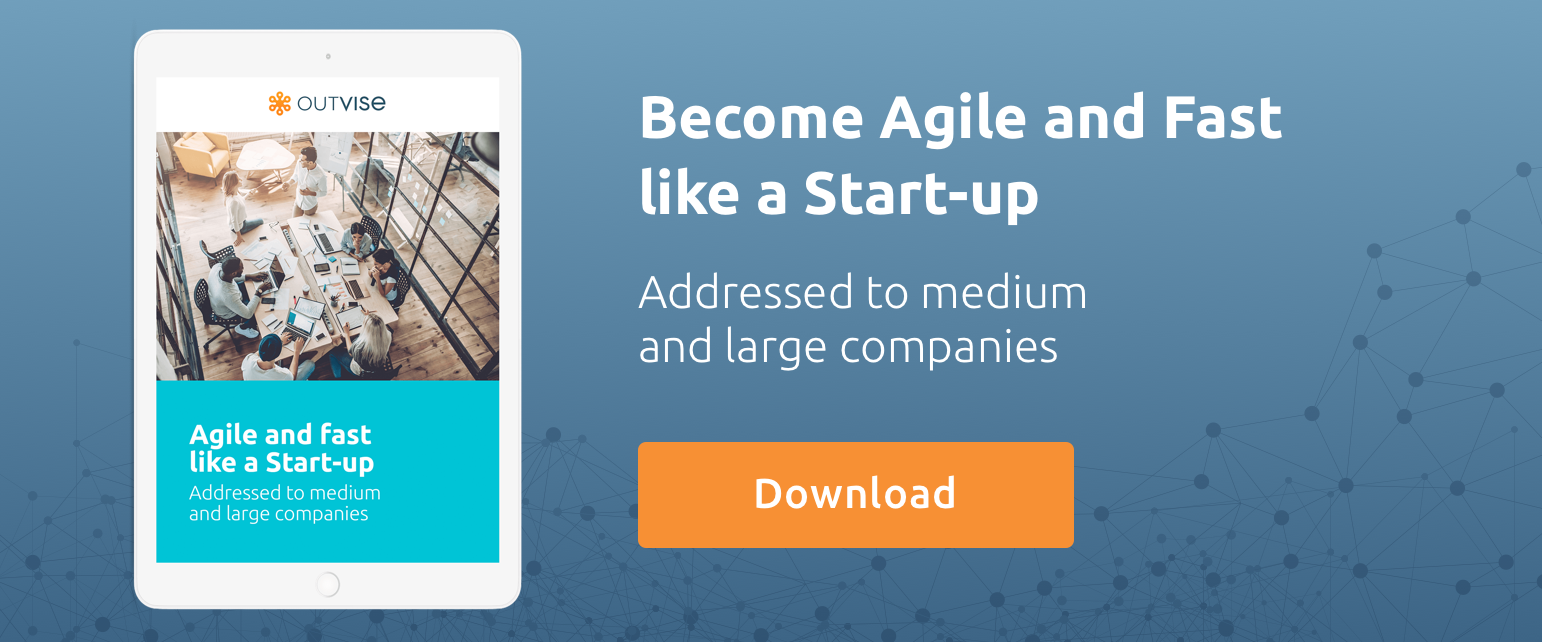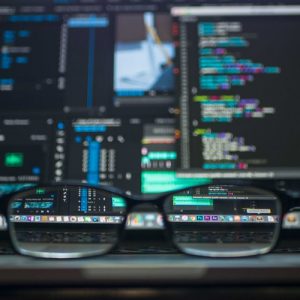What do we mean when we talk about people analytics? People analytics is the way HR departments can use various techniques to create models of behaviour and statistics that work to refine and enhance life at work for employees. This involves both improving productivity and benefits that affect the employer but it also works to benefit the employee, to increase their overall happiness, expertise and usefulness.
Machine learning is now being introduced to optimise, streamline and enhance and the employee experience analysis process. Research has shown that applying machine learning to people analytics is a direct contribution to increased profits, by so much as 4%. Despite this, however, there has been slow and limited uptake from HR departments; they are not proving eager to take on machine learning techniques.
Table of Contents
Why are HR departments slow to adopt people analytics techniques?
There are three main reasons why human resources departments are reluctant to adopt new technologies. For HR, it means challenges in preparedness and technical difficulty as well as an insufficiency in the workforce. There is only a small amount of HR teams that are using the full potential of sophisticated and innovatory analytical methods. Furthermore, about 15% of HR departments in other businesses are only just beginning their development into analytical territory.
The hurdles that HR departments face, to adopt these new technologies represent a challenge for those who are trying to promote these technologies; there is a dearth of data that can be used to prove the benefit of the use of machine learning in advanced people analytics.
How can HR be better prepared?
Data preparedness
There is one common aspect to many HR departments, that there is a barrier towards consistency in data preparedness and functionality. Laws protecting the rights of employees’ personal data stop them from being aggregated and analysed effectively and usefully. Furthermore, the data are often stored in unintegrated systems and they come from various sources, adding to the confusion and disarray. Other data, such as those collected by surveys are often only kept on hard-copy. These factors all mean that achieving a holistic picture of an employee – backed up by data – can often be quite complicated.
Technical difficulty
Machine learning can come into difficulties when presented with a low volume of data available in people analytics. Add the low margin of variables and low amount of different personal considerations and machine learning begins to fill in the gaps with data, leaving the outcomes susceptible to errors. Machine learning at this point tends to build models based on future indications, which can be inexact and speculative, particularly when based on prior results.
Workforce insufficiency
There are experts in HR and there are expert data analysts. Unfortunately, it is hard to find someone that crosses both segments. As a role, HR does not have the same “sexiness” that a position in sales or marketing does. Therefore, those trained in and expert at data analytics may not be attracted to a role in HR. One way around this might be to ‘rebrand’ any potential role in human resources as people analytics.
The role of machine learning for people analytics
Despite these initial obstacles, what can applying machine learning to people analytics achieve? The first benefit is the time that machine learning saves, while the second is the success of the hires made. For a long time, HR departments had been encumbered with enormous piles of CVs to sift through before they found the ideal shortlist of candidates to interview. Now, with the advent of the possibilities of machine learning, an HR department can streamline this process.
Machine learning can find the best candidates by understanding precisely what the company is looking for and take them immediately to the top of the pile. It does this by looking at past hires’ successes and shortcomings and therefore highlight the ones most likely to not fall to the same traps. It, therefore, finds better matches for the role and hires that have a greater likelihood of staying long term.
Another hugely important aspect of machine learning is not just to find the right person for the job, but the right time. Strategic planning should take into account when a role needs to be filled with precision, as well as who is the ideal candidate. Machine learning will then be able to optimise a recruitment channel and deliver the proper message to potential candidates.
An ongoing development of people analytics
It is not just at the point of recruitment that machine learning can help. Throughout the employees’ time at the company, people analytics with properly integrated machine learning can also demonstrate to the HR department when an employee needs training, when they are likely to run into problems and when that employee might be best used to fill gaps in other areas. These lead to reduced training costs by up to 22%.
A worthy investment
It may be hard for HR departments to see the initial potential with a large investment such as machine learning in people analytics, particularly during a time when none of their competitors are also taking up the mantel. However, it is an investment that leaves a well-prepared recruitment team streets ahead in terms of efficiency, cost-effectiveness and timeliness. Finally, the benefits to a company for being able to have a complete, holistic view of the status of their employees is invaluable.
Alex Collart, CFO & Co-founder at Outvise. Serial entrepreneur and management consultant, with a focus on strategy and marketing. Has co-founded and exited several companies. Former McKinsey&Co associate. Industrial Engineer + MBA (IESE/Kellogg).






No comments yet
There are no comments on this post yet.